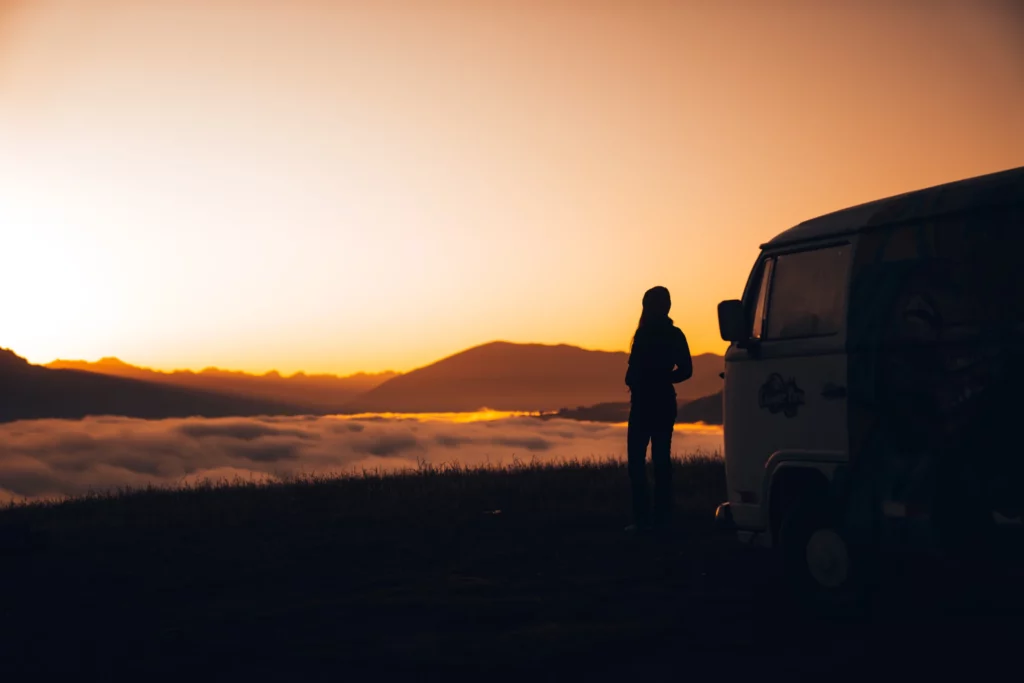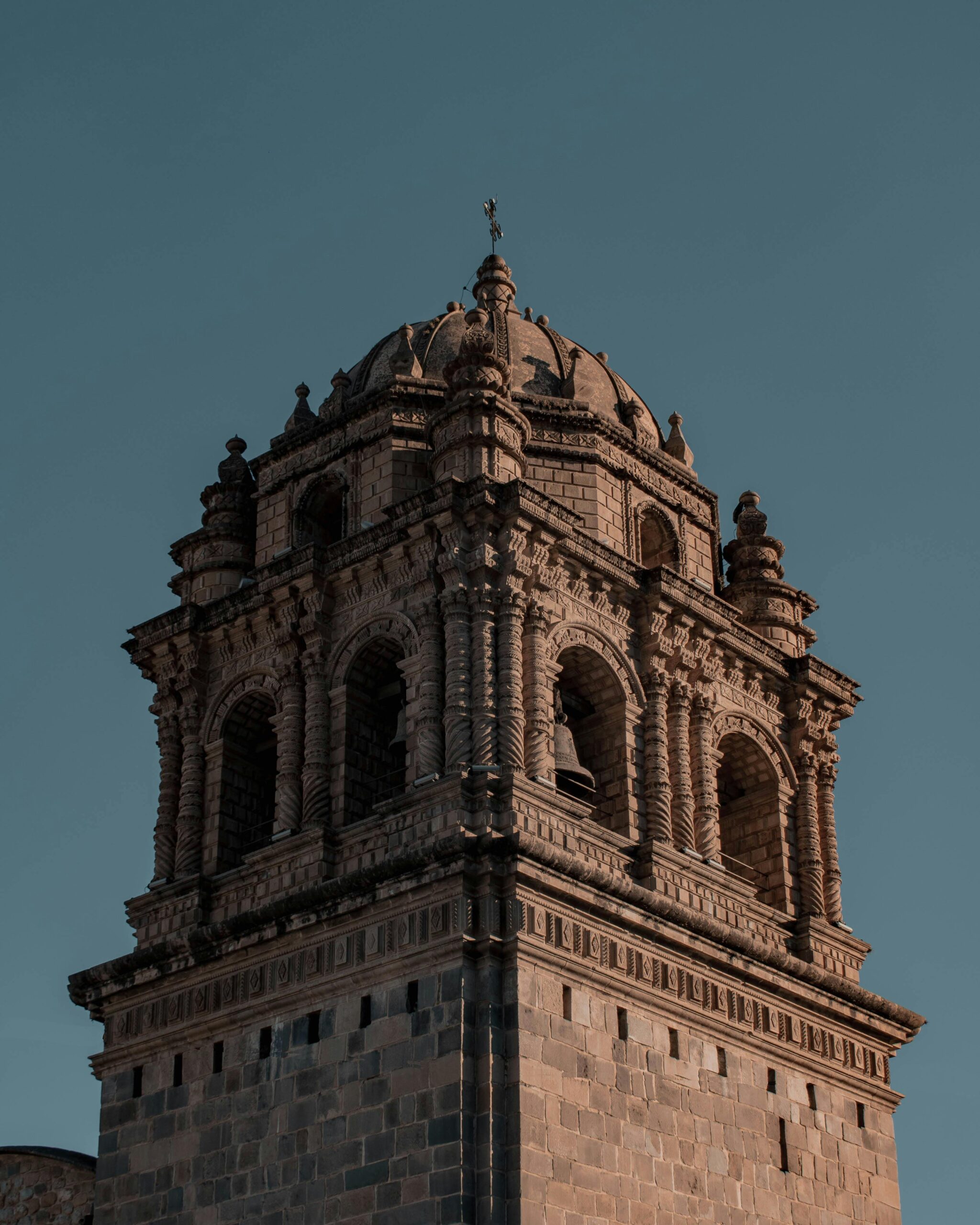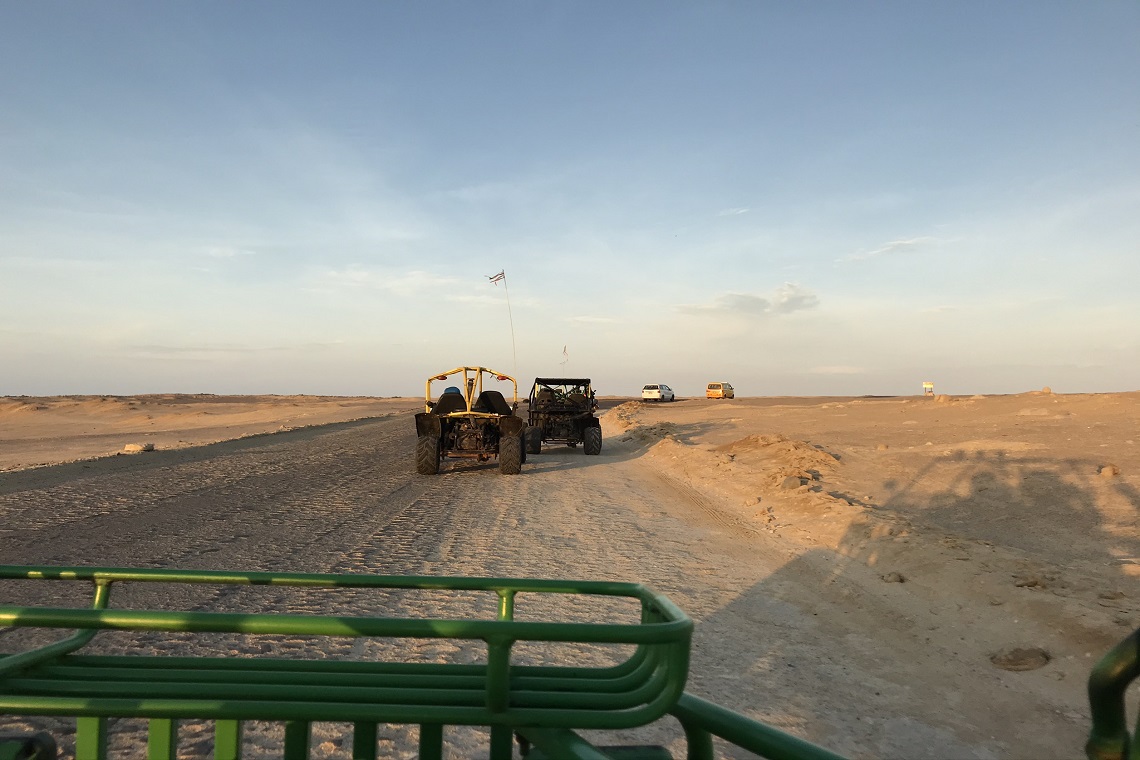Are you planning to go on a trip to Peru and have doubts about all the things to do before leaving? For several years, the country has become a popular destination in Latin America, offering the chance to discover one of the seven wonders of the world, its traditions and its rich culture. In this article, you will find all our advice and necessary steps to take before your departure, so you can travel with peace of mind.
What vaccinations are required to travel to Peru?
The most frequently asked question before traveling to Peru remains the same: which vaccines are necessary? In reality, no vaccines are mandatory to enter the country. However, we recommend staying up to date with the following vaccinations:
- Hepatitis A
- Typhoid
- Hepatitis B
- Rabies
- Tetanus, Diphtheria, Poliomyelitis, Whooping Cough
- Measles-Mumps-Rubella (MMR)
The only vaccine that may be required upon entry is yellow fever if you are coming from a country where it is endemic, such as Brazil. This vaccine is also highly recommended if you plan to travel to the Peruvian Amazon. Keep in mind that if you plan to visit other countries afterward, some destinations may require proof of vaccination.
Although none are strictly mandatory, it is recommended to consult your doctor to check if you are up to date or to get a prescription if necessary.
If needed, it is possible to get vaccinated in Peru. For more information, do not hesitate to check this website.
A must have : the passport
Make sure your passport is valid for the entire duration of your stay in Peru. It is recommended that it be valid for at least six months after your entry date for added security.
What other documents are required?
Apart from your passport, no additional documents are required to enter Peru. However, we recommend making copies of your official documents (ID card, passport, etc) in case of loss. Additionally, note that several tourist sites may ask for your passport number or require you to present it. Keep a photo of your passport on your phone just in case.
Entry Requirements and Visa
There are no current restrictions for entering Peru for citizens of the EU, Canada, the United States, or Switzerland. No visa is required, as each traveler entering Peru is granted a tourist visa valid for up to 90 days. Once you pass through customs, ensure that your passport has been properly registered, as it is no longer systematically stamped upon arrival.
Be aware that the immigration officer may grant you a lower number of days than the maximum allowed. If you exceed the authorized stay, you will be considered irregular and fined 4.40 soles per extra day.
Upon entry, you may also be asked to provide proof of onward travel before your authorized stay expires.
If you plan to stay for more than 90 days, obtaining a visa is mandatory. Check the official Peruvian government website for more information on different visa options.
Payment Methods
In Peru, the local currency is the Peruvian sol (PEN). However, some establishments also accept US dollars (USD). Most hotels offer card payments, making transactions easier. However, to buy souvenirs at markets or eat at local restaurants, it is better to carry cash.
Visa and Mastercard are widely accepted. Before traveling, check with your bank to see if they charge fees for international transactions. It is common for banks to impose high fees for withdrawals and payments outside the EU. Alternatively, you can use an international bank card like N26 or Bourso Bank.
As mentioned earlier, cash is widely used in Peru. Consider exchanging money at your bank if you want to have some cash upon arrival. Otherwise, you can exchange your money at currency exchange offices in airports and city centers. If you prefer to withdraw money directly in soles or dollars upon arrival, we recommend using Banco de la Nación o Multired, as they do not charge withdrawal fees.
Before your departure, it is a good idea to check the exchange rate with your home currency. This will help you feel more confident when making purchases!
How to acclimatize to altitude?
Peru is known for its Cordillera Blanca, part of the Andes mountain range, and its many high-altitude cities such as Cusco, Puno, Arequipa, and Huaraz. At these elevations, altitude sickness (known as “soroche” in Latin America) can occur, causing headaches, nausea, dizziness, and even shortness of breath.
To mitigate these effects, we recommend training in advance. Before your trip, consider spending a weekend at a higher altitude and engaging in hiking or other physical activities. This will help your body gradually adapt. However, be cautious, as good acclimatization is not always enough.
Consult your doctor before your trip if you have any concerns.
For more information, read our tips on acclimating to altitude.

Travel insurance: a safety feature not to be overlooked
Whether hiking or enjoying a traditional Peruvian dish, unexpected situations can arise. Additionally, medical expenses in Peruvian clinics can be costly without proper coverage. It is essential to check your insurance policy before leaving to understand what types of incidents are covered (health, repatriation, cancellation). If you are not covered, we highly recommend purchasing international travel insurance.
Here are some tips for choosing the best insurance for you:
- Health: Ensure the insurance covers hospitalization and medical expenses that you might need during your trip.
- Repatriation: In case of an accident, costs can be very high. Having coverage for repatriation if needed can bring peace of mind.
- Trip Cancellation and Interruption: Unforeseen events (illness, family emergencies) may force you to cancel your trip. A good insurance plan will reimburse your expenses.
- Theft and Lost Luggage: Bag and passport thefts can happen, especially in tourist areas. Insurance helps cover these losses.
A good travel insurance policy will allow you to explore Peru worry-free, knowing you are protected against unexpected events. A small investment that can prevent major problems!
Electrical Outlets
Regarding electrical outlets in Peru, you will find types A, B, C, E, and F.
If you have a different type of plug, bring an adapter so you can use your electronic devices throughout your trip. Adapters are easily found at airports, electronics stores like Fnac, and sometimes even in hotels.
Peru mainly uses 220V electricity with a 60 Hz frequency, similar to many European countries but different from the U.S. or Canada, where the voltage is 110V. Before plugging in a device, check if it is compatible with 220V to avoid any risk of damage.
We also recommend bringing a power strip if you have multiple devices to charge, as some accommodations have limited outlets!
Language
The official language of Peru is Spanish, spoken by the vast majority of the population. However, Quechua, Aymara, and about 40 other indigenous languages are also spoken in the country. For travelers, knowing basic Spanish can be very useful, as English is not widely spoken outside tourist areas.
Learning a few words in Spanish—or even Quechua—can be a great way to show respect for local cultures and will always be greatly appreciated by the locals.
A trip to Peru is an incredible experience you don’t want to miss.
Before leaving, check the weather conditions of the regions you will visit, as the climate varies greatly across the country ! From the humid Amazon, where rain can be frequent, to the dry and hot Peruvian coast, or the cold Andes, knowing the temperatures during your stay is key to a smooth trip. This will help you pack appropriately, as you will need different clothing: lightweight and breathable outfits, warm clothes, sturdy hiking shoes, and a rain jacket—especially if traveling during the rainy season (November to April).
Thanks to our advice, you’re now ready to fully enjoy your trip! If you need information about our excursions, don’t hesitate to contact us!




